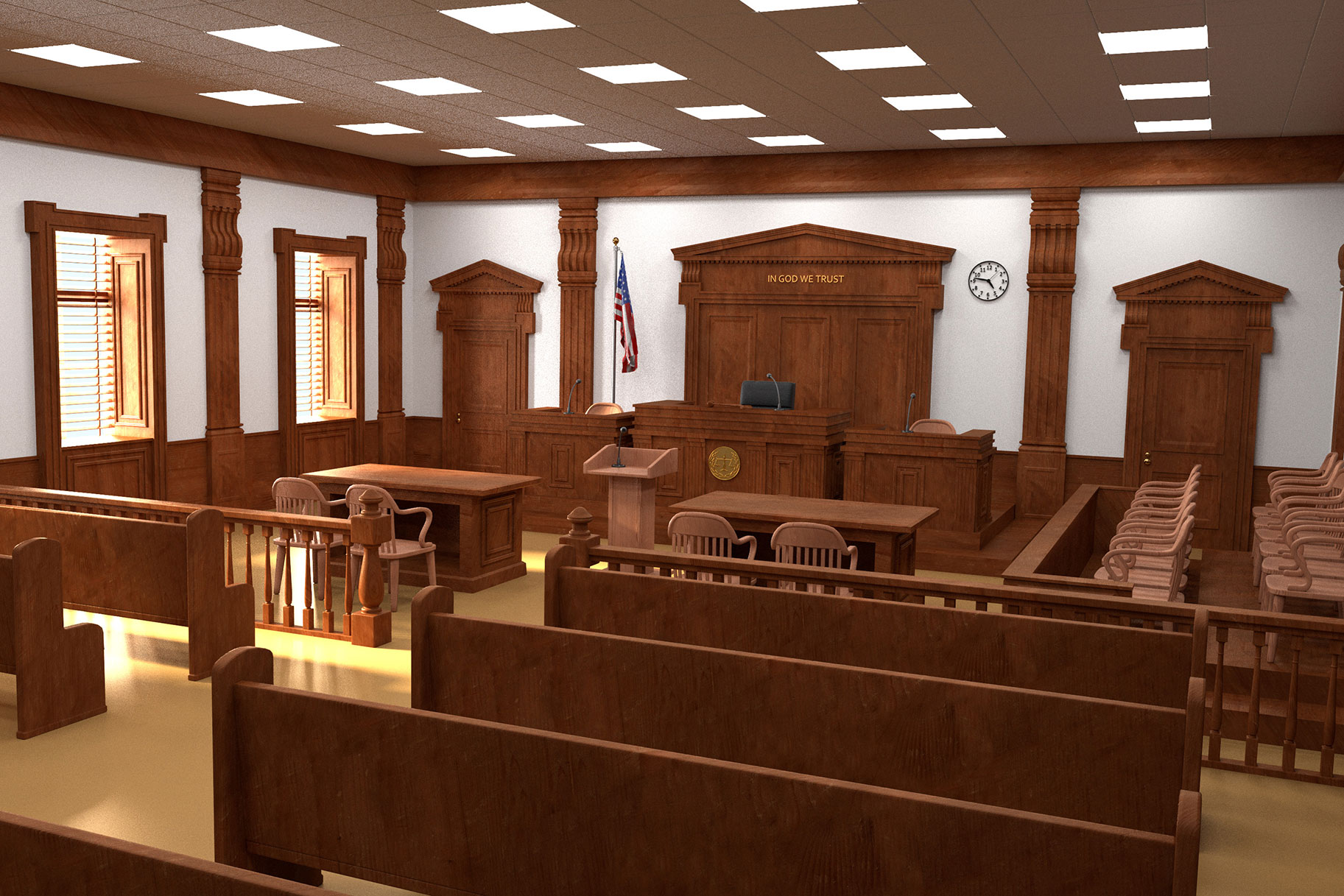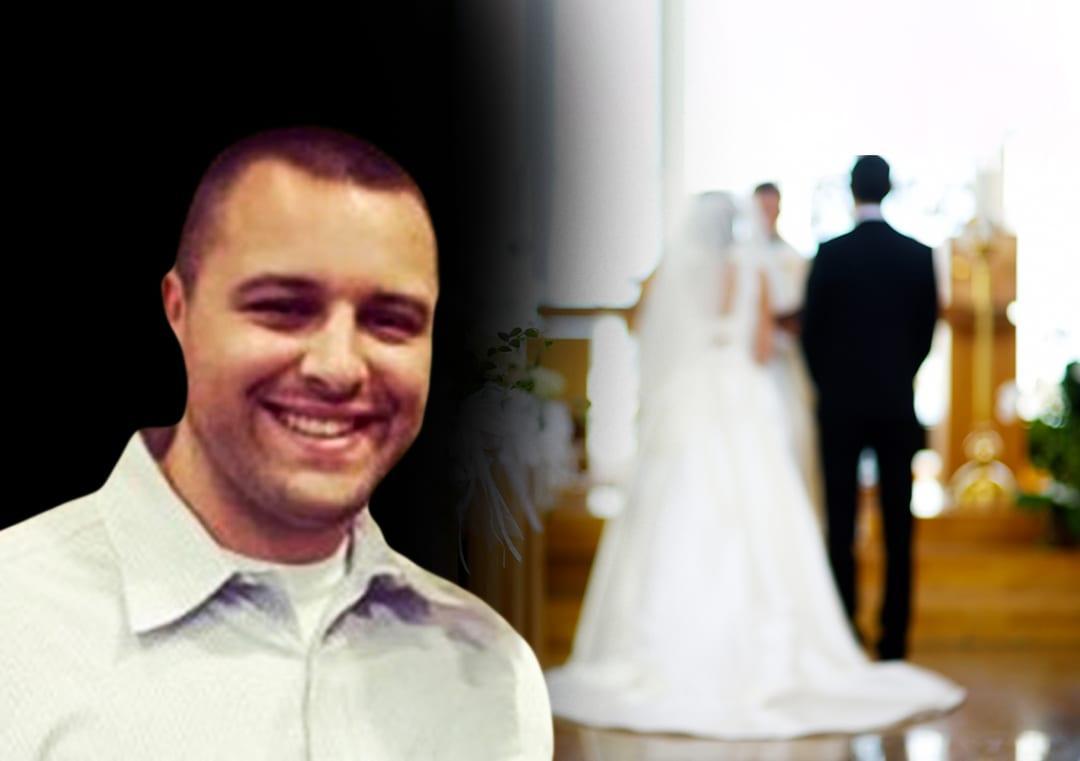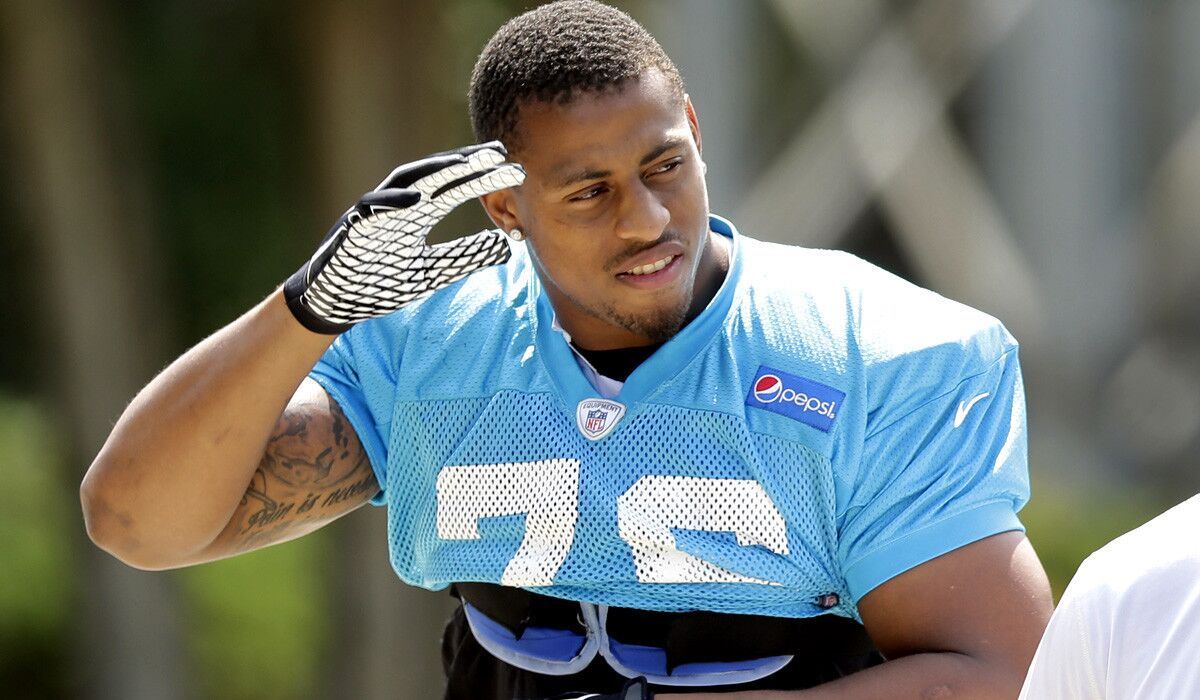Gs In A Fighter Jet - Bradley Elliott receives funding from the Endocrine Society, the Physiological Society, the Quintin Hogg Charitable Trust and private philanthropic donors. He is affiliated with The Physiological Society and is a trustee of the British Society for Research on Ageing.
In the new movie Top Gun: Maverick, pilots drive fighter jets zigzagging through the sky at amazing speeds. Tom Cruise's character, Captain "Maverick" Pete Mitchell, continues to shock his fellow pilots with his bravery and daring antics after 30 years on the job.
Gs In A Fighter Jet
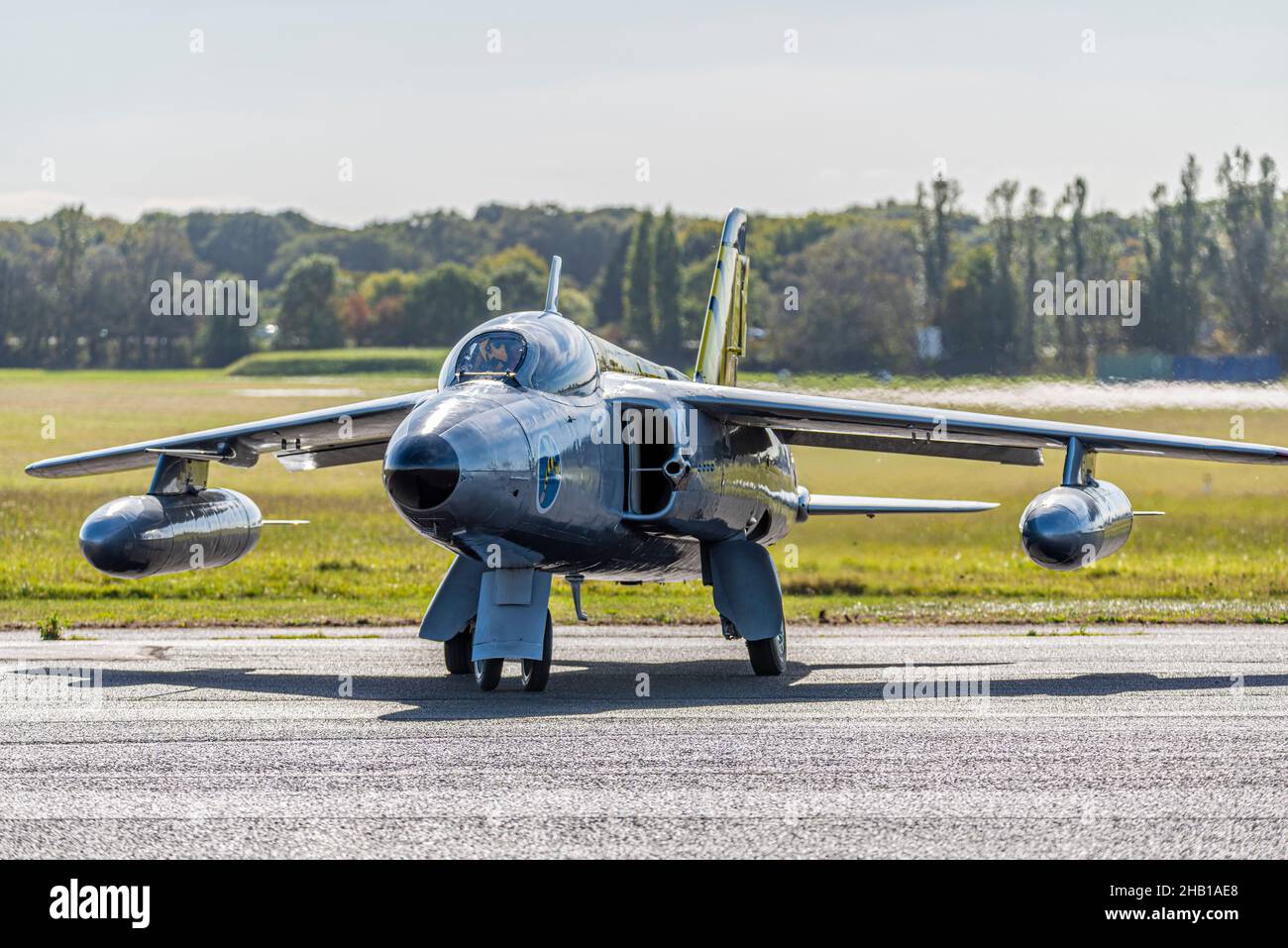
Maverick flies an F-18 fighter jet in the film, a plane that can reach over 1,000 miles per hour. How do real pilots deal with the enormous forces involved in flying so fast?
Chengdu J 10
I taste what happens to your body when you fly in a jet. I was sitting in a tiny cabin with four times normal gravity pressing down on me when another violent maneuver pushed me deep into my seat. Muscles were fatigued beyond function, my vision began to go gray and I realized I was losing control.
I don't remember what happened next, but the cockpit video shows me passing out and collapsing, held only by my harness.
Fortunately, that wasn't while I was in control of a multi-million pound high-performance fighter jet trying to outsmart my opponent in a high-speed duel. I was in a ground training school for military pilots as a guinea pig. Think of a carousel spinning, but much, much faster, and then expand it to the size of a bus and you have a human centrifuge. I was attached to the outside of this, being tested as part of a study on the effect of high gravitational load (high G) on the human body. I failed this test in such a way that I would have crashed and killed everyone on board if I had been flying a jet.
We are held to the surface of the Earth by gravity. This force can be quantified as one gravity (1G). When you change direction quickly (think riding a roller coaster or turning a car), you can feel the centrifugal force (which acts on an object moving in circles) push you outward. Adds the force of gravity acting on you. I passed out after about 15 seconds at 4G (or four times normal gravity pushing me down), when that extra force overwhelmed my blood pressure's ability to carry blood from my heart to my brain.
Mikoyan Gurevich Mig 21
The retinal cells at the back of your eye are especially sensitive to low blood pressure. Therefore one of the first signs that Gloc was about to occur was the loss of color vision (grey) before complete vision loss (blackout). The next symptom was hypoxia of the brain - complete loss of consciousness due to lack of blood supply and therefore oxygen to the brain. About 15-20% of RAF fighter pilots have experienced a Gloc at least once in their career. When you wake up, your muscles twitch uncontrollably and you become disoriented. Your neurons are firing wildly as your brain tries to figure out what you just did and why.
High performance pilots train in facilities like the centrifuge I was in and learn how close to the edge they can get, recognize the symptoms of grays and blackouts, and when to back off. Pilots are also taught anti-gravity maneuvers. This is a special set of contractions that squeeze the muscles of the abdominal core and thighs and physically push blood up to their heart to keep the brain supplied with precious oxygen. Pilots wear anti-gravity flight suits that automatically tighten their legs when performing particularly violent maneuvers to help push blood to the heart.
With training and practice, pilots can withstand more than double the G-force that made me pass out. This is a physically exhausting workout, comparable to working out at the gym at most. But it can make the difference during a high-stakes duel, where turning the jet faster than your opponent is life or death. Military pilots are encouraged to keep fit because muscle strength helps with G tolerance.

Fighter jets are far from the relative comfort of busy airlines. Rapidly changing gravity loads on fighter pilots can result in severe back and neck pain due to the constantly changing gravity, and sensitive parts of the pilots' lungs can even temporarily collapse under high gravity loads.
Tf X/mmu: Turkey's Future Fifth Generation Fighter Is Taking Shape
Pilots must also master the mental aspects of high-performance flying. Controlling your own jet is a relentless math challenge that fighter pilots must master as they try to outwit opponents in a high-speed 3D chess game.
What does this mean for the 57-year-old Maverick in his latest adventure? As we age, our bodies decline in all kinds of natural functions. This includes all the individual aspects of our cardiovascular system, which is constantly working to keep our brain well supplied with oxygen. While it would make sense to assume that Maverick wouldn't be able to pull the same G's as his younger self, that could be wrong.
There isn't a huge amount of data on older high-performance pilots, but there is some evidence to suggest that being older might be slightly beneficial for G tolerance, perhaps due to the higher blood pressure and slightly stiffer arteries seen with age. Since G-tolerance can be learned from experience, it could simply be that older pilots adapt better through years of training.
That said, increased strength and muscle mass also seem to help with G tolerance, and we tend to lose muscle mass and strength with age. Older athletes retain more muscle mass and strength with aging than untrained seniors, so if Maverick still plays a lot of beach volleyball and keeps up his flying hours, he might just be able to surpass his younger self. G-forces don't translate to the big screen or video games, but they are an important aspect of fighter jets. Movies like Top Gun show the characters moving easily around the cockpit while chatting on the radio during a dogfight. In fact, during a sharp turn below the G peak, you spend most of your effort in your seat, trying not to pass out.
Boeing's New Autonomous Fighter Jet Has A Pop Off, Swappable Nose
Right now, as you read this, you are probably at 1G, or ever the force of gravity. Your weight is what you see when you stand on a scale. I weigh about 200 kg, 230 with my gear. For most people, the maximum G force they've experienced is probably on a roller coaster during a loop—which is about 3-4G. Just push your head down and pin your arms to your side. Modern fighters like the F-16 and F-35 pull 9G, which translates to over 2,000 pounds on my body.
Below 9G, the world seems to shrink until it looks like you're looking through a roll of toilet paper. Blood is drawn from your head to your legs and arms, resulting in loss of peripheral vision. If too much blood is drawn, you will pass out, making you weak for about half a minute. Because of the speeds we're flying, there's a good chance the jet will crash before you wake up.
As a combat community, unfortunately, we have had more than one death per year, due to G's, for the past 30+ years. This led to a multifaceted "systems mindset" to prepare pilots to withstand them.
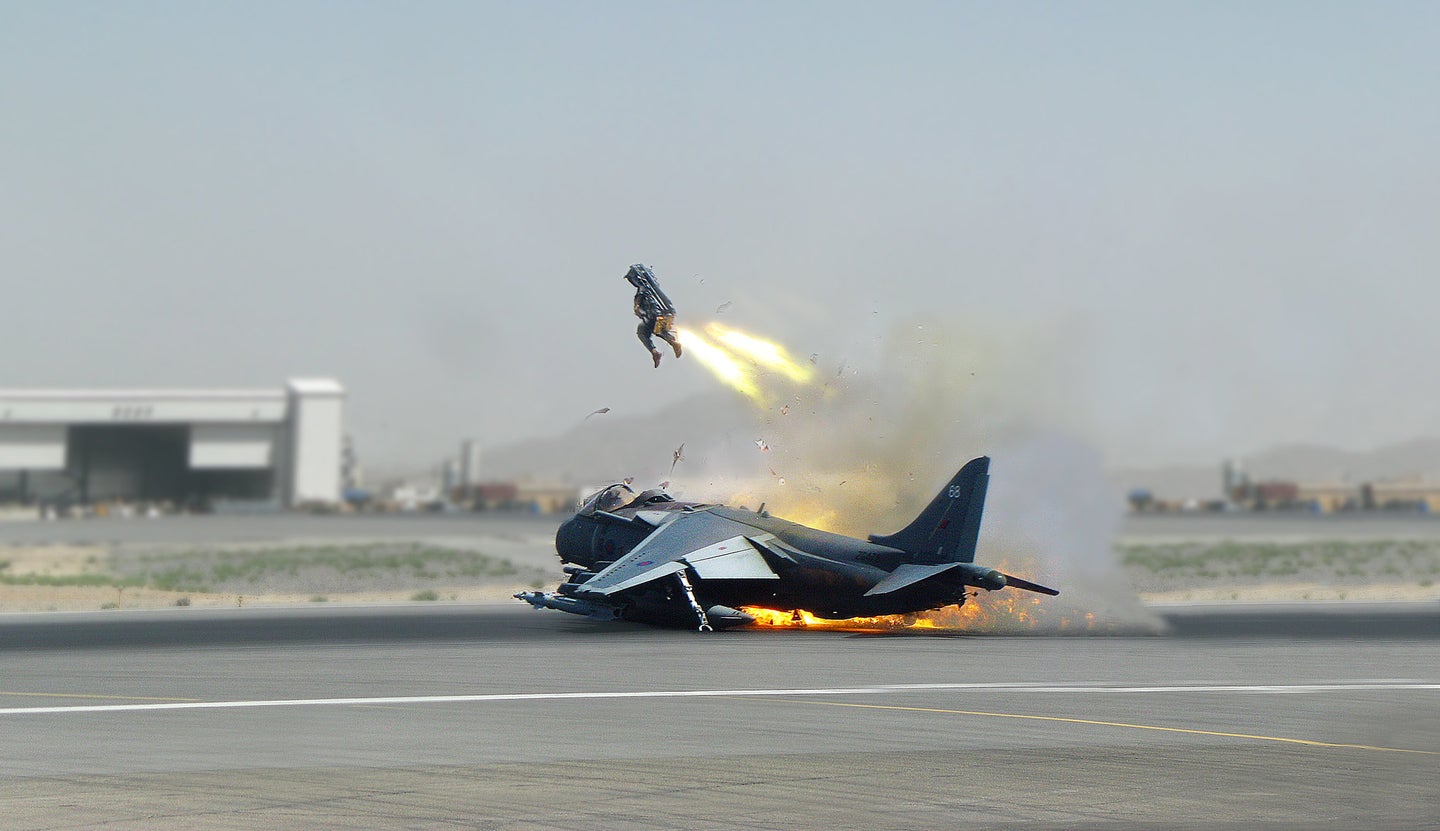
The first step in combating G is the Anti-G Stress Maneuver (AGSM). Through a combination of special breathing and tension of our lower body, we can force the blood back to our head. This not only prevents us from passing out, but increases our peripheral vision, which is critical during a dogfight.
Russian Jet Buzzes Us Aircraft In An 'inverted Maneuver' Over Sea
AGSM requires high physical conditioning. We spend a lot of time in the gym, exercising our lower body so we can push the blood against the force of gravity during high-G maneuvers. Since our flights average one to two hours, cardiovascular fitness is also important. During my time in the F-16, I put about a dozen people in the back seat - after the flight, due to exhaustion, each of them had to be helped out of their seat.
Hydration and nutrition also play an important role in the amount of G a pilot can handle. Studies have shown that with just three percent dehydration, G endurance time can be reduced by up to 50%. As with any athletic endeavor, it's important to eat nutritious foods and avoid high-sugar "junk."
Sleep is also a contributing factor to G tolerance. Poor sleep reduces G alertness and awareness, which signals the pilot to initiate G tension. In fact, it is so important that we are legally required to go on crew rest 12 hours before the flight, with 8 hours of uninterrupted sleep.
Over the years, technology has allowed us to pull more G's for longer. We wear G-suits, which are pants with an air bubble in them. As we enter a turn, the cysts swell, pressing on our legs and preventing blood from rushing to our feet. To increase endurance, we have pressure breathing,
Watch Martin Garrix Pull 9gs In An F 16 Fighter Jet
Second degree assault washington state, 2nd degree assault sentence, 2nd degree aggravated assault, 2nd degree assault mn, 2nd degree assault, 2nd degree assault definition, 3rd degree assault washington state, 4th degree assault washington state, 2nd degree felony assault, 4th degree assault washington, what is assault 2nd degree, 2nd degree assault charges
